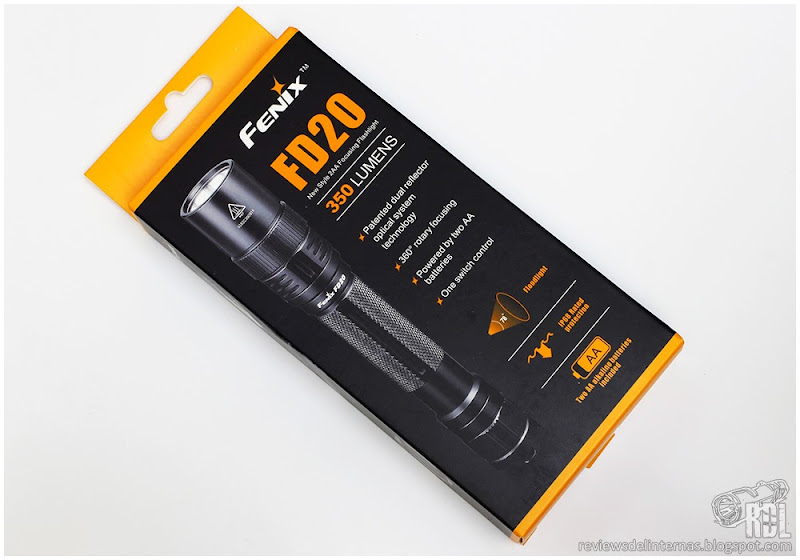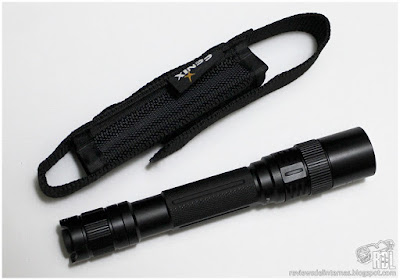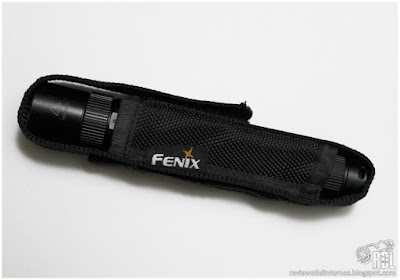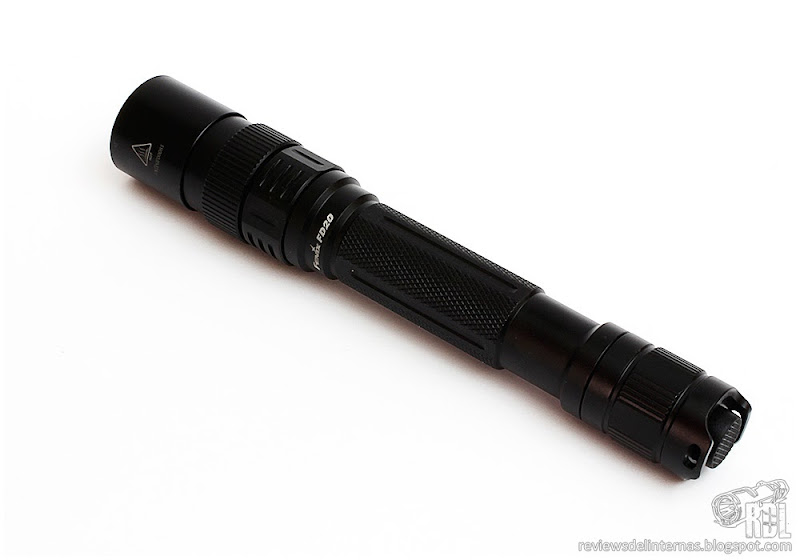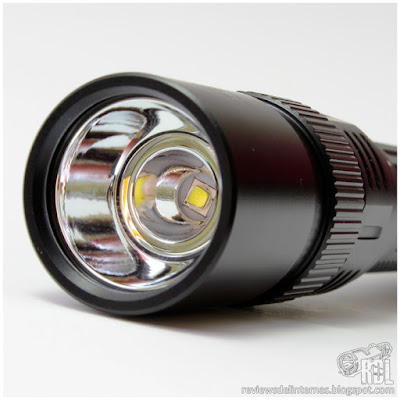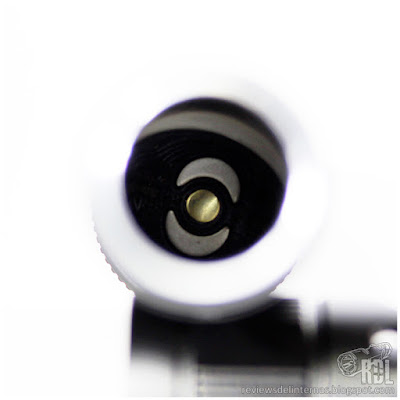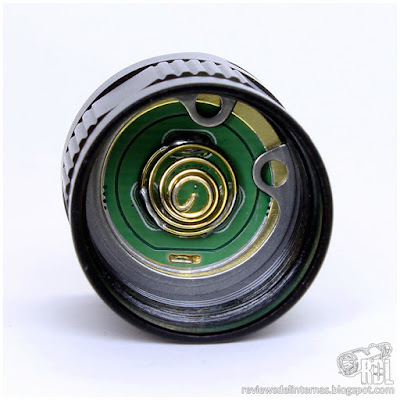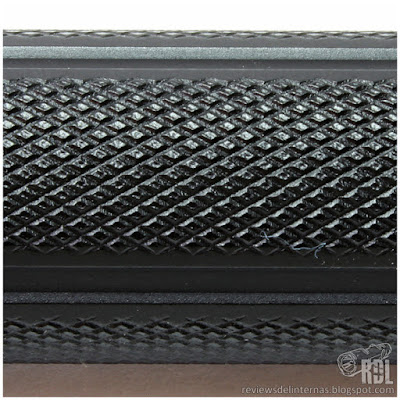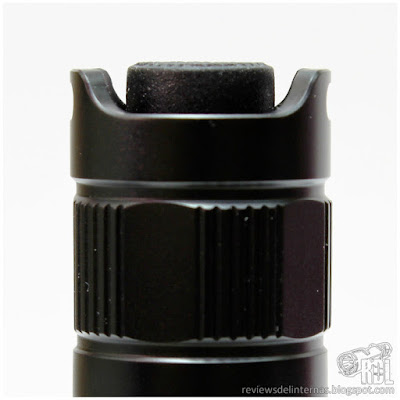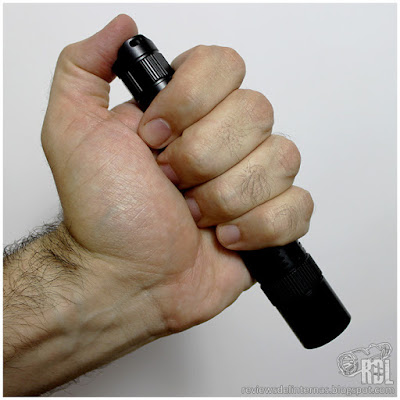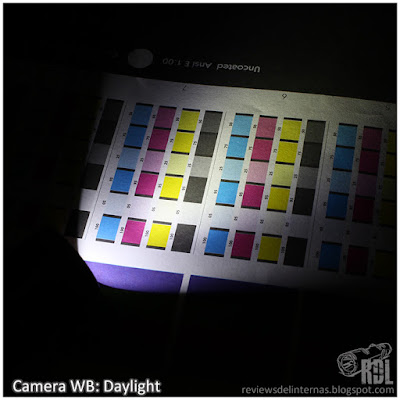
FENIX FD20
LED: CREE XP-G2 S3 CW
Battery: 2x AA
Modes: 4 (L-M-H-T)
Switch: Reverse, in tailcap
Date: June 2017
Links:
FenixLight · FenixLinternas · RdLinternas · ForoLinternas
INTRODUCTION
Fenix has recently updated its young FD line with a very curious double AA model that today I have the pleasure to review thanks to Fenix marketing department of the company and also the spanish distributor of the brand, FenixLinternas.com. This range of Fenix is one of the most curious as it agglutinates its focusable models, something that most reputed manufacturers have almost completely forgotten.
The presentation of the product is excellent, as is usual in Fenix. Inside a printed in full color with specifications and various details about the product cardboard box we find a plastic tray containing the flashlight and its accessories.
As well as the flashlight, we will find a lanyard, the typical o-ring and silicone push-button replacement, a pair of alkaline AA batteries, warranty card, user manual and a basic textile flashlight cover.
Although simple, the holster works perfectly with its function and it is always appreciated that the big names do not ignore or forgot about these details.
EXTERIOR FINISH
Mechanical finishes, as it could not be otherwise, can only be called one way: Fenix. Both the machining of all the parts that compose the body of the flashlight, and the anodizing that covers it is perfect, free of defects and with a uniform tone color in all the different pieces.
The machining is quite complete, but the design in general lines is not overloaded. The head contains movable parts like the ring or the extensible reflector, which are perfectly integrated in the design and are hardly noticeable if the particular details of this model are not known.
The length of the flashlight varies depending on the position of the folding reflector, reaching a maximum of 158mm total length, 153mm when folded and a 25mm max. diameter in its optics. Weight remains at 87g excl. the batteries. Both values very low for being a double AA.
Adjustable optics is certainly a curious concept. It is a smooth reflector divided into two parts: The central one, where the XP-G2 sits, is fixed. The outer part is movable, and we can extend or contract it by turning the head ring.

The rotating ring by which we adjust the focus has a hard feeling, which makes it necessary to use both hands to operate it: One holds the flashlight and the other rotates it. Perhaps with the use and time the resistance of the ring yields and allows to focus with the same hand with which the flashlight is held, but fresh out of the box is certainly impossible. The ring does not have a beginning and an end, and if we keep turning it goes successively going from one position to the other.
When contracting it we will use only the central part of the reflector, generating a wider and less defined beam profile. If we extend the outer reflector we will bounce part of the light generating a well-defined hotspot and a somewhat less wide/sharper beam.
The fit & finish of the optics is clean, with the LED perfectly centered. The glass lens has the typical anti-reflection treatment. The two reflectors are smooth and free of any imperfections.
The only detachable part of the new FD20 is the tailcap. The contact for the positive of the batteries has a mechanical protection against reverse polarity. The negative contact, located in the tailcap, is integrated in the circuit of the switch that is held in place by a circlip type clip.
The central part of the tube has an excellent rhomboidal knurling, which generates an excellent grip. The design of the neck resembles that of other current models of the brand.
The design of the tailcap allows to place the light in tailstand, although not of very stable way since the silicone coating of the switch protrudes slightly. The threads are square, completely anodized and comes correctly greased.
USER INTERFACE
The interface of the Fenix FD20 is certainly simple and easy to master. It only has four modes, all of which can be selected using the reverse switch on the tailcap of the flashlight.
- On and off: The flashlight is activated by a full click (push until you hear the click and release) of the mechanical switch located in the tailcap. Repeat the operation to turn it off.
- Changing modes: With the flashlight on, simply push the switch lightly (without clicking) to interrupt momentarily the circuit, and then release the switch so the flashlight will change mode. The four available modes are arranged in ascending order: low-medium-high-turbo.
- Memory: The Fenix FD20 features a memory function that remembers the last used mode and accesses it directly on its next activation.
- Block-out: This Fenix can be blocked mechanically thanks to its anodized threads by just slightly unscrewing its tailcap, which will avoid involuntary activations.
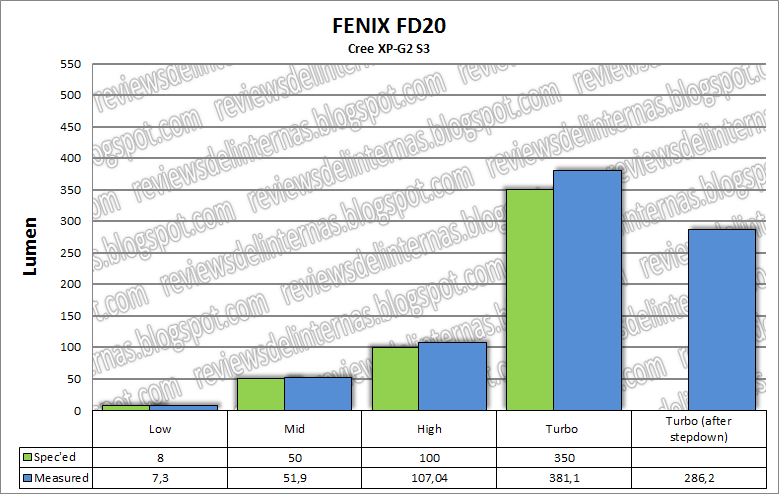
(All measurements are taken following the ANSI NEMA FL1 procedure, taking as value the highest point of the reading between the second 30 and 120 after its activation)
The mode spacing is good, although it might have been a good idea lower the low mode to 2-3 lumen as in LD12. The correlation between the measured and the specified by the manufacturer is as usual with this brand really good.
PERFORMANCE

The curve in its highest mode shows us how Fenix has integrated a sort of gradual stepdown that begins to gradually reduce the output of the flashlight once three minutes have passed since its power up in the highest mode. This stepdown goes so gradually and over no less than about 20 minutes, going from about 375 lumen to about 280 lumen, which the light maintains in a linear way for the rest of the life of the battery pair.
BEAM PROFILE
The dynamic projection of the Fenix FD20 is certainly surprising. It is halfway between what you get with adjustable aspherical lenses and what other manufacturers get with mobile TIR lenses.








As you can see, the “floodlight” projection (with the reflector fully retracted) is much wider than in “spot” (with the reflector fully extended). In “spot” the central point is really well defined, with a somewhat broad corona and with a peculiar slightly square appearance. The limits of the projection, unlike in the “floodlight” position, are sharp and well defined.
The angle of light exit is quite different between the two positions, allowing to cover a wider area with “floodlight” or illuminate a particular area further away with “spot”.
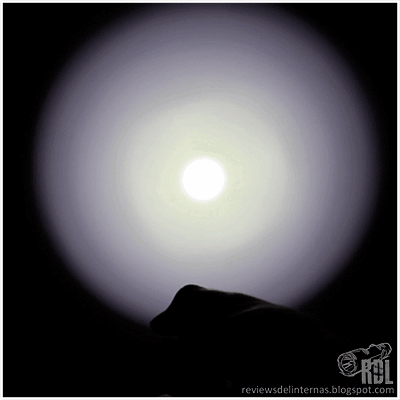
Another interesting aspect is that the intermediate positions are 100% useful, and we can adjust the geometry of the projection at our whim without having to deal with dark rings, aberrations or positions not useful at all as if it happens in other focusable models.
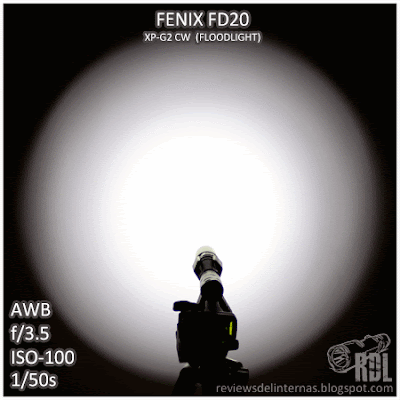
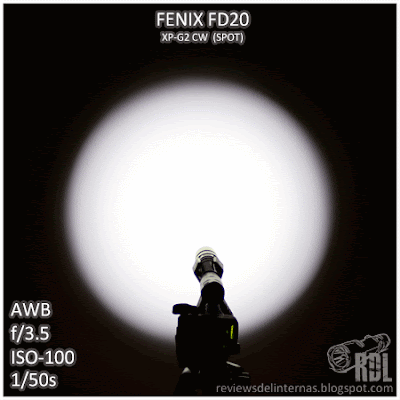

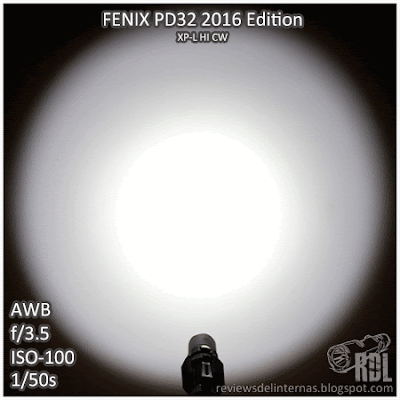
Compared with a balanced beam profile flashlight like the PD32 and also against another one of flood character like the PT18, the Fenix FD20 shows how it can include (within its output possibilities) the domains of the two types of flashlights in a more than acceptable way.
The tint of the CREE XP-G2 S3 in this unit is cold white with a slightly marked tendency towards greenish.
PERSONAL CONCLUSION
Fenix is unquestionably one of the world’s leading manufacturers in the sector. This serves to offer, in addition to products updates of proven quality and highly popular, alternatives that innovate and penetrate into fields that the competition prefers not to approach.
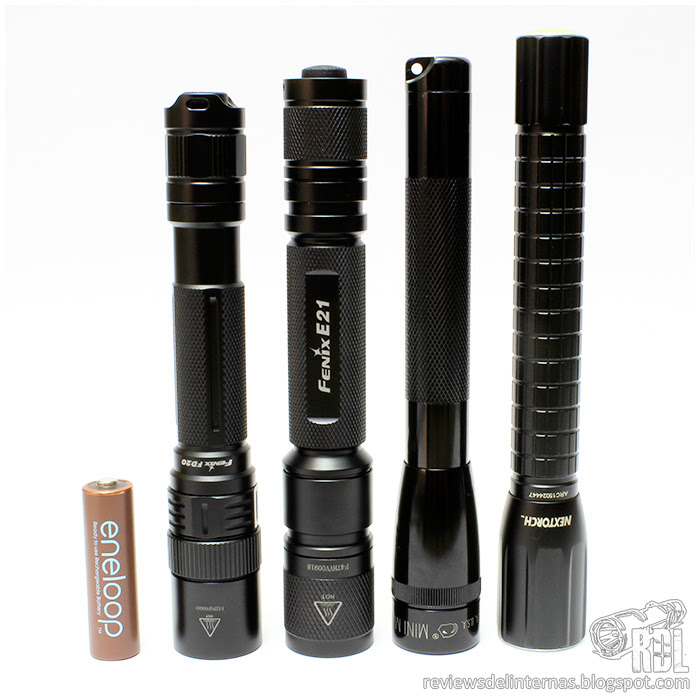
Fenix FD20 · Fenix E21 · Maglite 2AA PRO + · Nextorch MyTorch 2AA
I have to admit that, perhaps because of my low expectation for the focusable flashlights in general, the FD20 has pleasantly surprised me, in addition to its DNA Fenix, for its really good and carefully engineered beam profile.
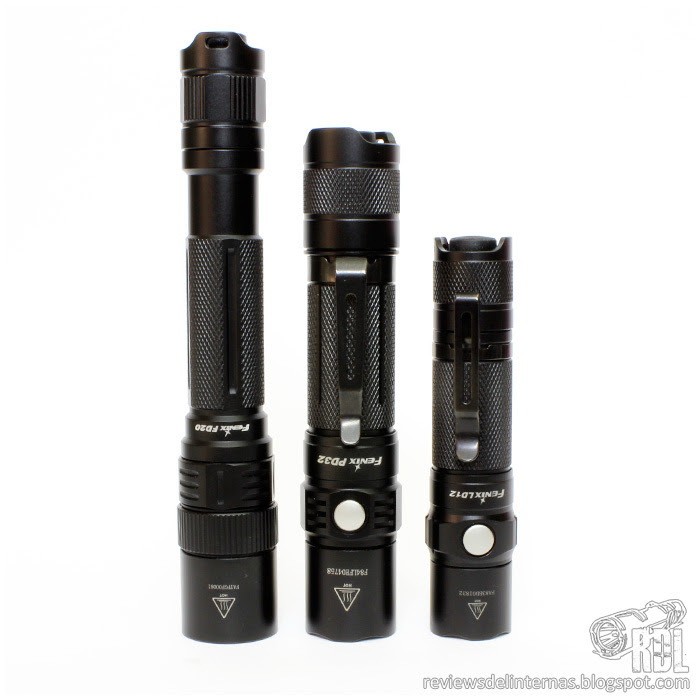
Fenix FD20 · Fenix PD32 2016 Ed. · Fenix LD12 2017 Ed.
Negative aspects: Personally, I would have preferred a lower Low mode, something around 2-3 lumen for everyday use. The touch-feeling of the ring is, just taken out of the box, somewhat hard and requires the use of both hands to operate the focusing mechanism. The cold tint has an unpleasant greenish “cree lottery” tone.
Positive aspects: Particularly noteworthy is the cleanness in the beam profile and the absence of the typical artefacts, aberrations and concentric rings that are usually found in the focusable ones, especially in intermediate positions. Contrasting Fenix quality, with exceptional mechanical finishes and complete absence of imperfections. Extremely simple interface, ideal for a model of these characteristics.
